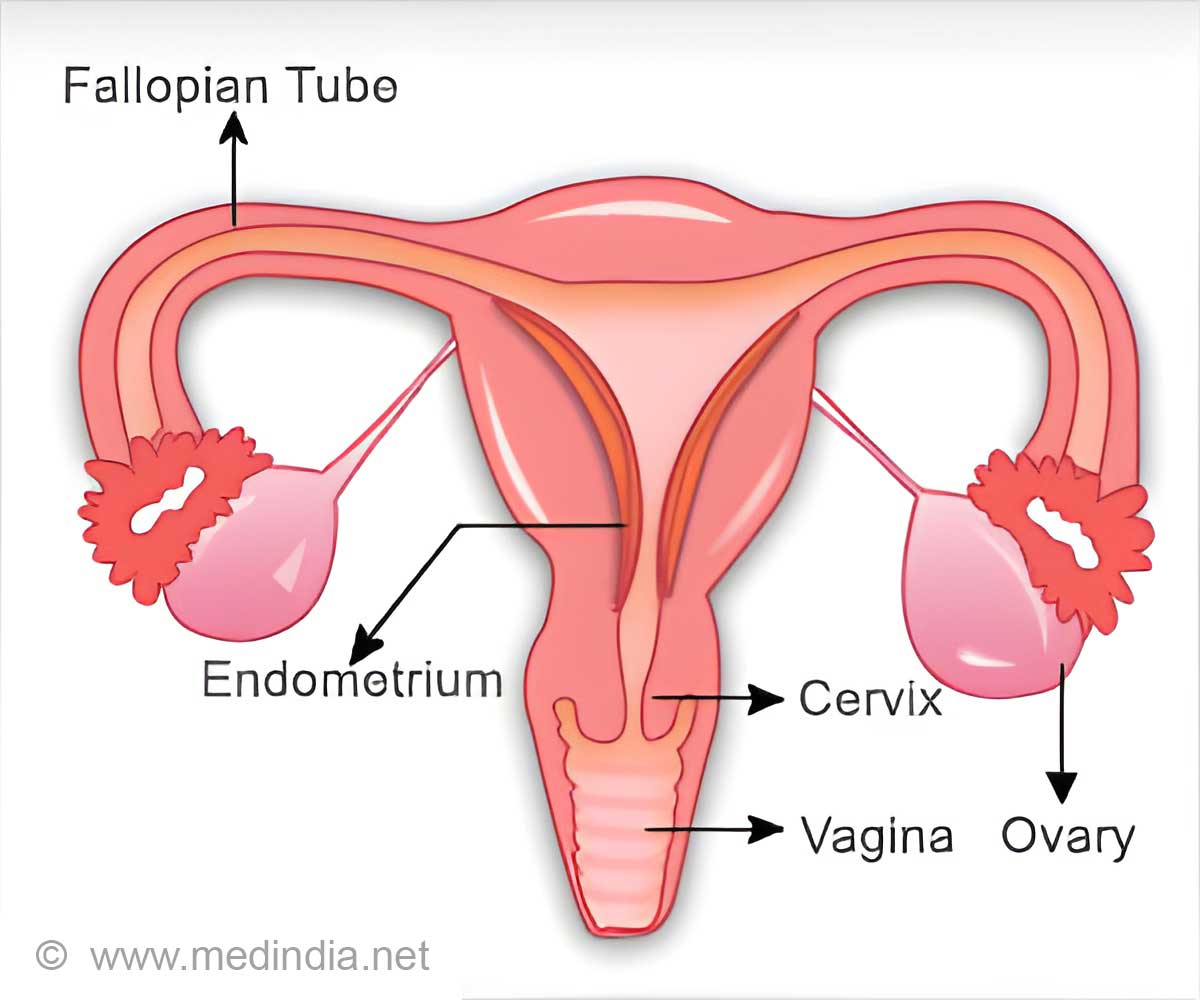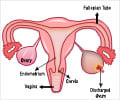A new test that can help physicians to better diagnose ovarian tumors and help them select the most appropriate treatment has been developed.

In a study published today in the British Medical Journal, an international team led by Imperial College London and KU Leuven, Belgium describe a new test, called ADNEX, which can discriminate between benign and malignant tumours, and identify different types of malignant tumour, with a high level of accuracy.
The test is based on the patient's clinical information, a simple tumour marker blood test and features that can be identified on an ultrasound scan. As well as identifying the type of tumour, the test expresses the confidence of the diagnosis as a percentage.
Doctors can use the test in a clinical database or by entering the patient's details into a smartphone app, which was demonstrated to gynaecologists at the International Society for Ultrasound in Obstetrics and Gynecology World Congress in Barcelona last month.. The authors of the study say doctors could start using ADNEX straight away.
Professor Tom Bourne, from the Department of Surgery and Cancer at Imperial College London, said: "It's very important to get the preoperative diagnosis right. If it isn't right, the patient might have a more extensive operation than they need, for example having an ovary removed unnecessarily."
"If a tumour is benign, a woman might not need any treatment at all. If it is malignant, you need to know what type of tumour it is to choose the best treatment and that treatment needs to be carried out by specialist gynaecological cancer surgeon"
Advertisement
The researchers developed the test using data from 3,506 patients from 10 European countries from 1999 to 2007, looking at which information available before the operation could be used to predict the diagnosis. They then tested the model on a further 2,403 patients between 2009 and 2012.
Advertisement
Apart from the tumour type, the choice of treatment sometimes has to take into account implications for the woman's fertility.
Existing prediction models discriminate between benign and malignant tumours but lack accuracy and don't sub-classify malignant tumours. The ADNEX model can discriminate between benign, borderline, stage I invasive, stage II-IV invasive, and secondary metastatic tumours.
Source-Eurekalert














